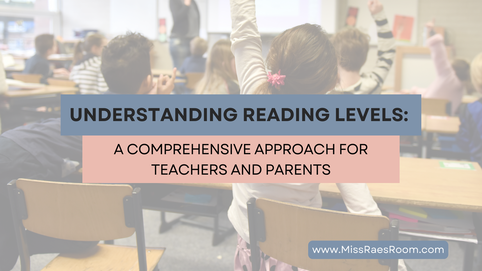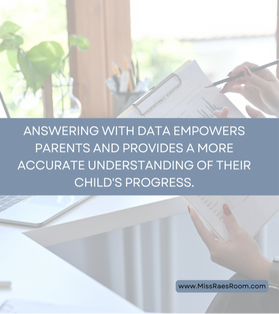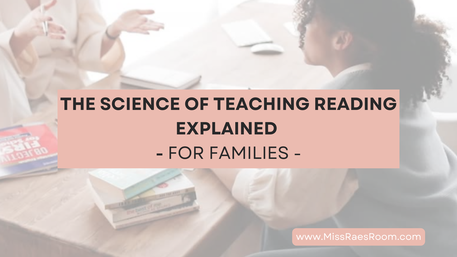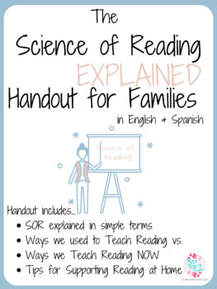|
9/10/2023 0 Comments Understanding Reading Levels: A Comprehensive Approach for Teachers and ParentsWhat do I say when a parent asks what their child's reading level is? Learn how to effectively respond when parents ask about their child's reading level. Discover the limitations of subjective measures, explore the five pillars of reading, and empower parents with meaningful assessment data to understand their child's reading profile. What do I say when a parent asks what their child's reading level is?What do I say when a parent asks what their child's reading level is? In the past, when parents asked about their child's reading level, we would assign a letter and correlate it to a grade level. However, this approach was subjective and lacked objectivity. Instead, let's turn to a more comprehensive assessment tool like the Fountas & Pinnell Benchmark Assessment System. This universal screener includes an oral reading component and a comprehension component, which together provide an "instructional level" for each student (independent, instructional, frustrational). It is essential to note that the Fountas & Pinnell Benchmark Assessment System is still subjective as it relies on a teacher's beliefs, assumptions, emotions, and opinions, influencing the outcome.
While it may have been easier to provide a single letter as a reading level, answering with data empowers parents and provides a more accurate understanding of their child's progress. To further support families in understanding their child's reading ability, I share a visual representation of the reading profile using my data sheet. You can access the data sheet HERE! For more in-depth guidance on effective reading instruction for students with learning disabilities, consider enrolling in my course, "3 Steps for Effective Reading Instruction for Students with Learning Disabilities"! Click HERE to access this on-demand webinar to learn more about designing reading instruction for students with Learning Disabilities. Let's embrace data-driven approaches and empower parents with a comprehensive understanding of their child's reading abilities. Happy Teaching! Miss Rae Related Blogs...Related Resources...
0 Comments
Leave a Reply. |
CategoriesAll Comprehension CoPlanning CoTeaching Directed Reading DIY Fluency Fountas & Pinnell Graphic Organizers Guided Reading Lesson Planning Multi-Tiered Systems Of Support Phonological Awareness RAN Read And Respond Reading Reading Assessments Reading Comprehension Response To Intervention RTI Science Of Reading Science Of Reading For Special Education Teachers Special Education Special Education Eligibility Special Education Lesson Planning Teaching Strategy Visualizing & Verbalizing Visual Texts Vocabulary Writing Writing In Response To Reading |






 RSS Feed
RSS Feed